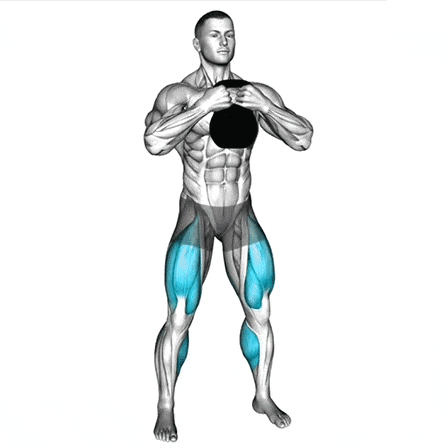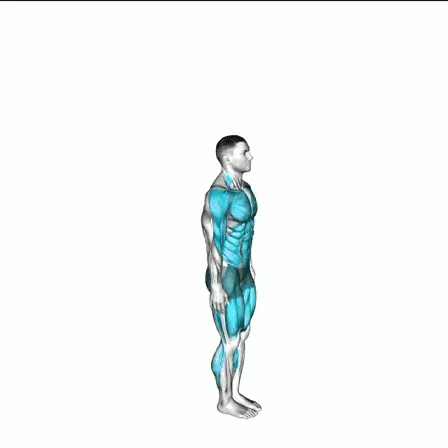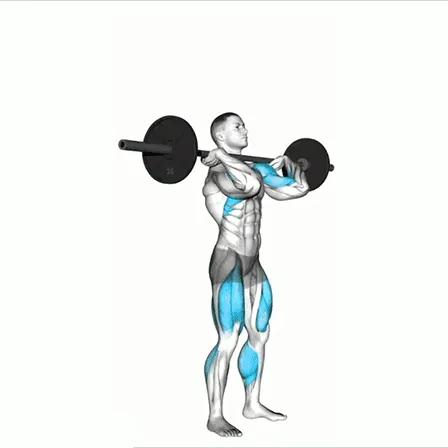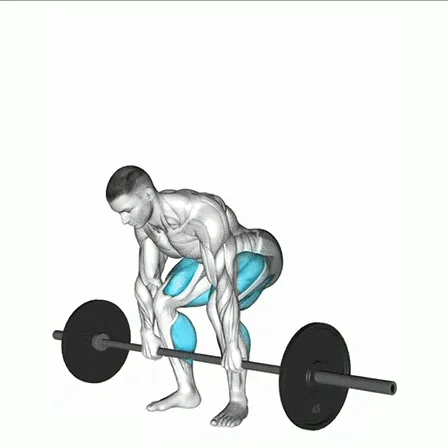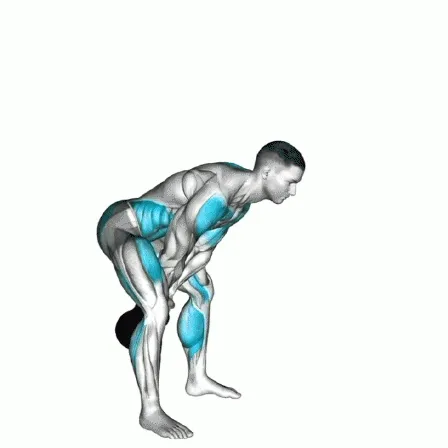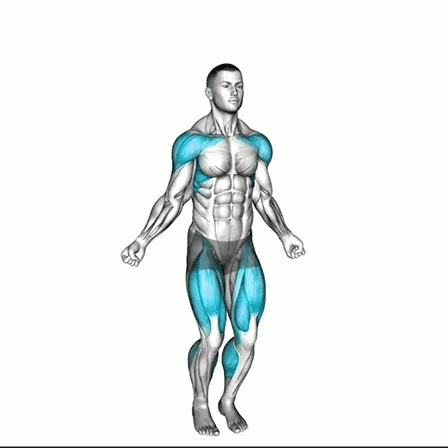Kettlebell Goblet Squat for Strength and Mobility
The kettlebell goblet squat is one of the most effective functional exercises for building lower-body strength, enhancing mobility, and improving posture. It’s beginner-friendly yet challenging enough for advanced lifters, making it a versatile addition to any training program. By holding the kettlebell close to your chest, you engage your upper body while safely working through a deep squat. This makes the goblet squat a great choice for developing strong legs, glutes, and core stability.
Instructions
Step 1: Setup
-
Position the Kettlebell: Hold a kettlebell with both hands by the handles, close to your chest. Elbows should point downward and stay tucked near your body.
-
Feet Placement: Stand slightly wider than shoulder-width with toes pointed outward at a natural angle.
Step 2: Initiating the Squat
-
Brace Your Core: Take a deep breath, expand your diaphragm, and keep your chest proud.
-
Hinge at the Hips: Start by pushing your hips back like you’re sitting into a chair, keeping your weight on your heels.
Step 3: Squat Down
-
Lower the Hips: Bend your knees and drop into a squat, keeping the kettlebell close to your chest. Elbows should remain inside your knees.
-
Maintain Posture: Keep your chest lifted and core tight. Avoid letting your knees cave inward.
Step 4: Return to Standing
-
Drive Through Heels: Push through your heels and extend your hips forward to return to standing.
-
Stay Tight: Keep the kettlebell close and avoid letting it swing forward.
Step 5: Repeat
-
Perform the desired number of reps with control. Focus on consistency and proper form, especially with heavier weights.
Tips for Perfect Form
-
Keep the Chest Up: Avoid rounding your back by engaging your core.
-
Proper Kettlebell Placement: Hold it close to your chest with elbows down and inside your knees.
-
Feet and Knee Alignment: Knees should track over your toes—don’t let them cave in.
-
Depth of Squat: Aim to drop hips below knees, but work within your mobility limits.
-
Breathing: Inhale as you lower, exhale as you stand.
-
Start Light: Use a lighter kettlebell at first to master technique.
Benefits of Kettlebell Goblet Squat
-
Builds leg and glute strength with safe, controlled movement.
-
Improves hip and ankle mobility, allowing for deeper squats.
-
Strengthens the core by requiring constant engagement.
-
Reinforces proper squat mechanics, making it a great teaching tool for beginners.
-
Versatile for all fitness levels, from strength training to conditioning circuits.
-
Reduces injury risk compared to barbell squats due to front-loaded position.
The kettlebell goblet squat is a simple yet powerful exercise that builds strength, mobility, and stability. By mastering this movement, you lay the foundation for more advanced lifts while improving everyday functional strength. Whether you’re training at home or in the gym, this exercise deserves a permanent spot in your workout routine.
